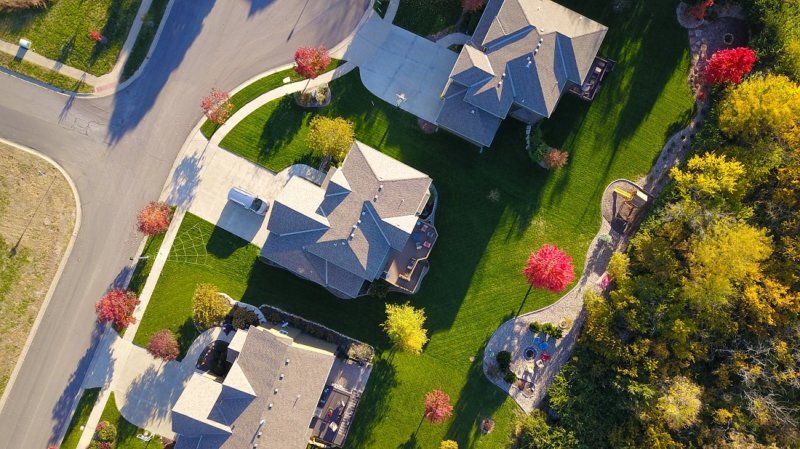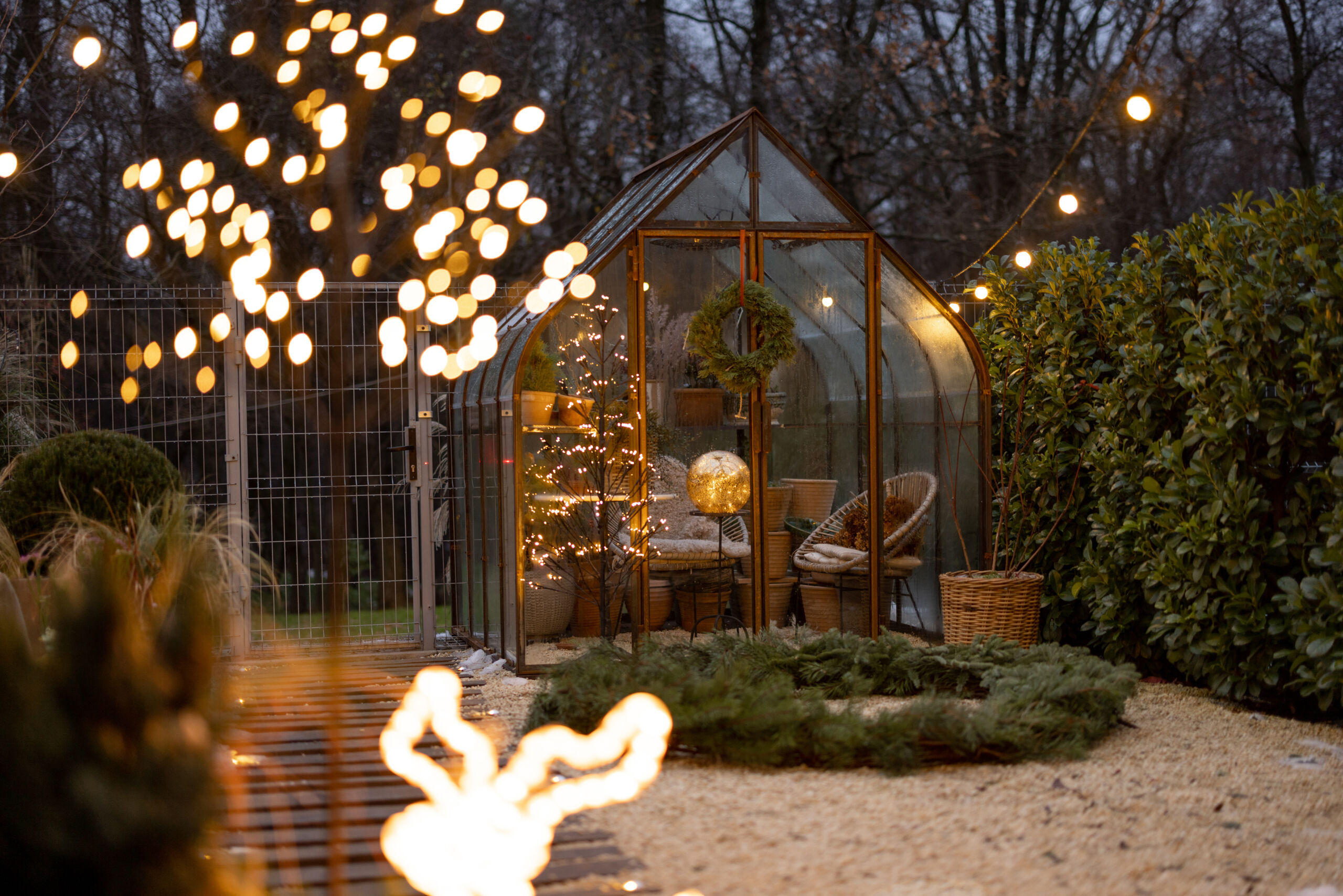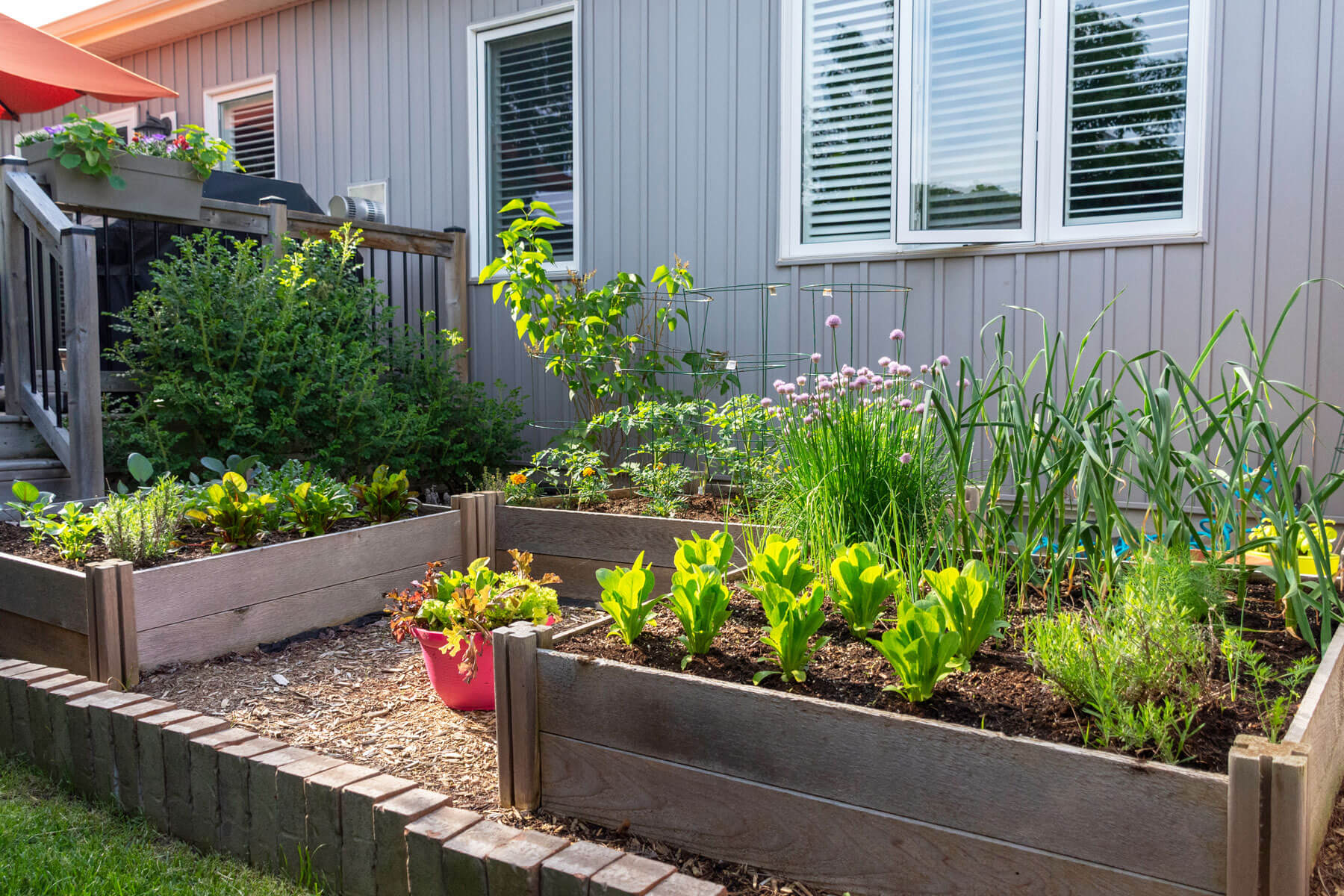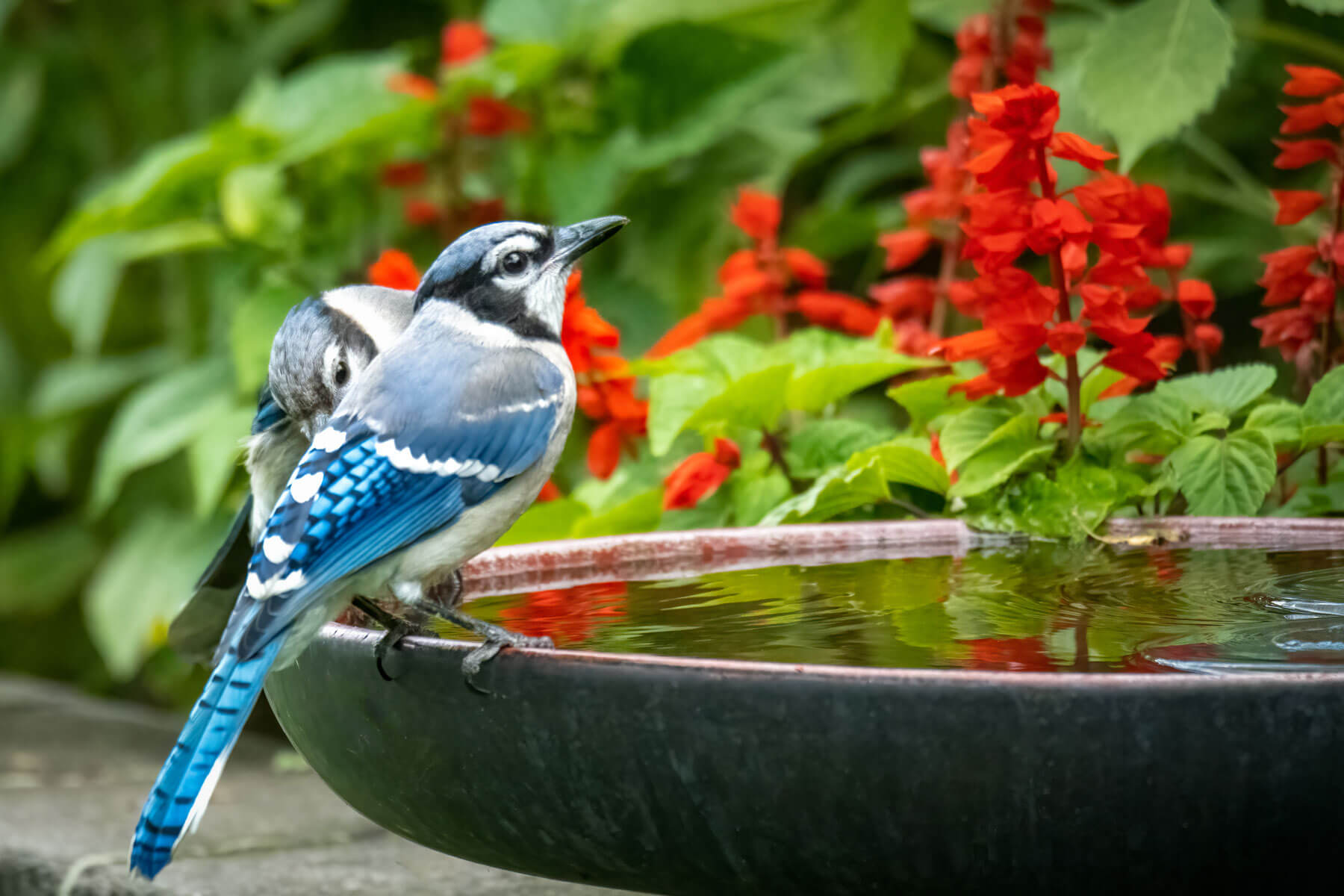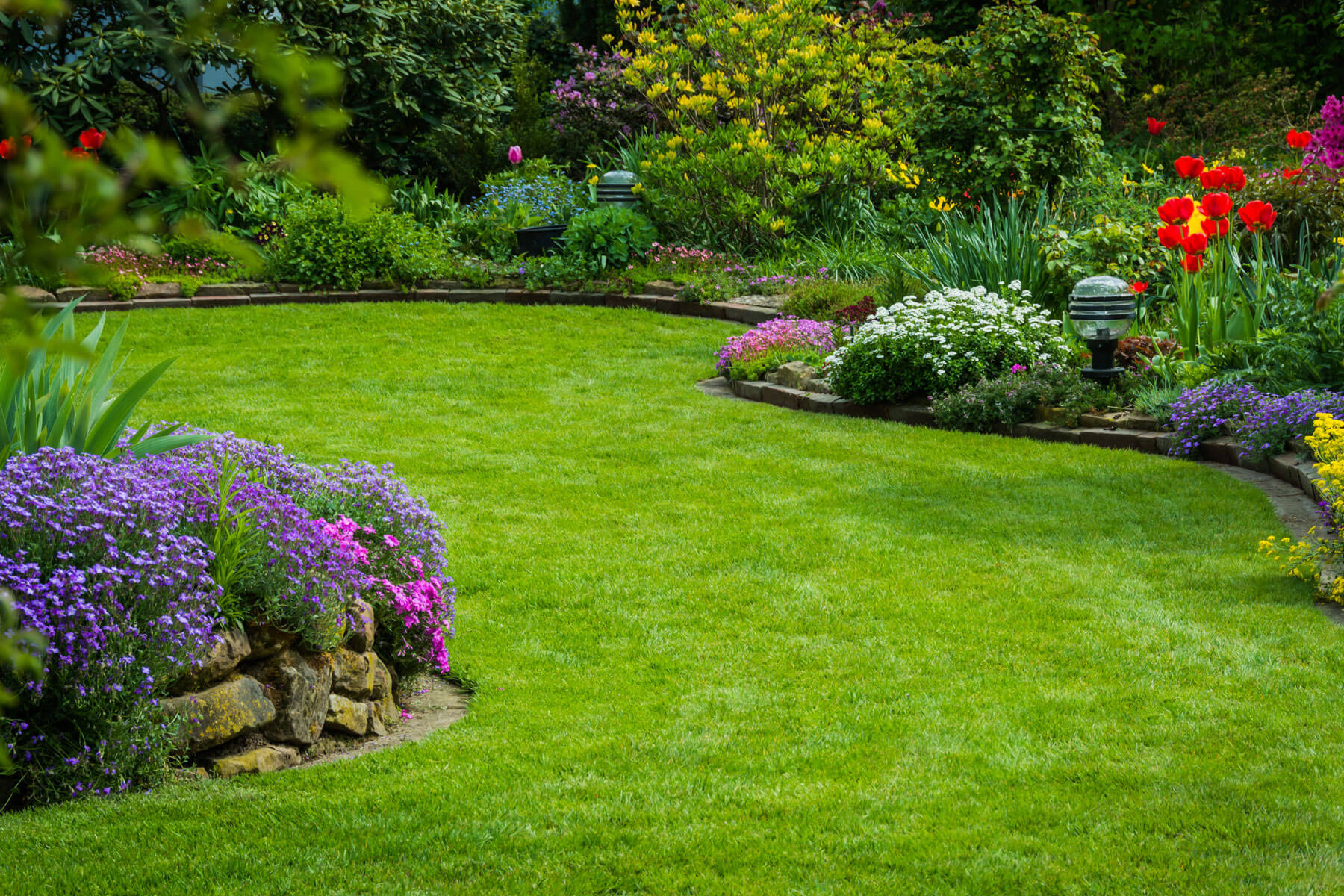How to Get the Landscape You Want When Buying a New Home
So many factors are involved when house-hunting. The location, proximity to work, size, condition, and whether we’re willing to compromise on some of these factors or if we’re standing firm on finding the ultimate dream home.
If you’re house-hunting with goals and plans in mind for how your front and backyard landscape is going to look, use this guide to help you consider the best property for your vision.
What Are Your Goals? Needs vs. Wants
The first thing to consider when planning a landscape design is how you want to use the space. You can make a list of needs vs. wants to help you prioritize what your landscape must have and making room for what would be nice to have, space and budget permitting.
Read More: Do You Know What Your Landscaping Needs Are?
Common goals for landscapes include:
- Relaxing
- Cooking and dining
- Entertaining
- Playing
- Swimming
- Gardening
And common needs for these goals include:
- Enough space to accommodate guests
- Enough shade
- Play area
- Cooking accommodations
- Accessibility
Landscape design works to combine what you want and what you have to work with. So keep these goals in mind when looking for a new home.
Who Will Be Using the Yard and For What?
Consider who will be using the yard and how they will use it. Will your landscape need to accommodate children or someone with physical limitations? Or do you plan to turn your backyard into an adult retreat with an outdoor living space where you can entertain guests?
Also, consider if pets will be using the yard. If children or pets will be using the yard, you will need to make sure the landscape is safe and doesn’t include poisonous plants.
Your yard also doesn’t need to have only one purpose. You can create different spaces for different uses, such as a play area for kids, a large grass area for dogs to romp, and an outdoor living room/dining room for entertaining.
Landscaping décor features, plants, and walkways can be used to separate these areas and move people from one area to another.
Environment and Climate
Take note of the environment and climate of the property, such as sunny areas, shady areas, views, wind direction, water flow, and drainage.
To find plants that will thrive in your landscape, they must be suited to your planting zone. Planting zones are based on climate conditions that include temperature and rainfall.
The yard will also have its own microclimate based on the amount and length of sun and shade exposure. Microclimates are usually categorized as:
- Full sun
- Partial shade
- Shade
- Deep shade
Along with being affected by your regional climate, a landscape’s microclimate—including temperature, light levels, and wind—are affected by the trees and plants on the property.
Zoning and Permits
If you plan to build structures or make changes to the property, you will need to look into local zoning bylaws and obtain the right permits before you start the project.
Examples of landscaping projects that require building permits include fences, pools, and other permanent structures.
Size
Check if the size of the property can accommodate some features of your desired landscaping plan. For example, is there enough space for a shed, water features, outdoor kitchen, outdoor gym, spa, or pool?
If any of these large features are a priority for your landscape, you’ll want to make sure these will fit without taking up too much space and crowding the rest of your property.
Read More: Landscaping Design Tips for Small Yards
Terrain
Take note of the land and soil on your property. Is the land level or uneven? The best landscape designs direct water movement away from homes and to other areas of the yard.
What is the soil like? It might be mostly clay, rock, or sand. Since the soil needs the right nutrients to support the plants you choose, consider having the soil tested by a landscape designer.
Condition of Land
Is the property in good condition? This includes the existing grass, trees, and other plants. The state of the land will affect your landscaping plan if it’s in bad shape and needs work.
Budget
When buying a new home, you’ll have to budget for many expenses, including:
- A down payment
- Legal fees
- Utility setup
- Appliances
- Home décor and improvement
- Desired landscaping projects
So be realistic when creating your budget. And if some features of your dream landscape have to wait another year—e.g., an inground pool—then keep these in your landscaping plan and work on your landscape in budget-friendly phases.
Current Porch/Deck
If there is an existing porch or deck, take note of its placement and condition. Is it in direct sunlight and wind? Is it durable and in good condition? Or does it need to be replaced?
Decking and patios are important features of backyard landscape designs, especially if you plan to entertain and dine outdoors.
Lack of Porch/Deck
If the property doesn’t have a porch or patio, is there enough space to build one? And is building one in your budget?
Maintenance
How much time and energy are you willing to spend on maintaining your landscape? Or, how much money are you willing to spend on hiring professional landscapers to maintain your landscape for you?
Read More: How to Shop for A Landscaping Contractor
Some plants require more maintenance than others. So if you don’t plan to spend much time gardening, consider low-maintenance plants that will take care of themselves.
Be realistic with how you plan to maintain your landscape so you can find a landscape design that will thrive for many years to come with your chosen maintenance plan.
The Takeaway
For more tips and advice on planning landscape designs when house-hunting, contact Jonathan Robert Landscapes.
By considering all of your landscaping wants and needs before buying a home, you can be better prepared to work with what you have and incorporate what you want into your landscape design. And, as a result, you’ll have a landscape that works for you, your budget, and your lifestyle needs for many years to come.

